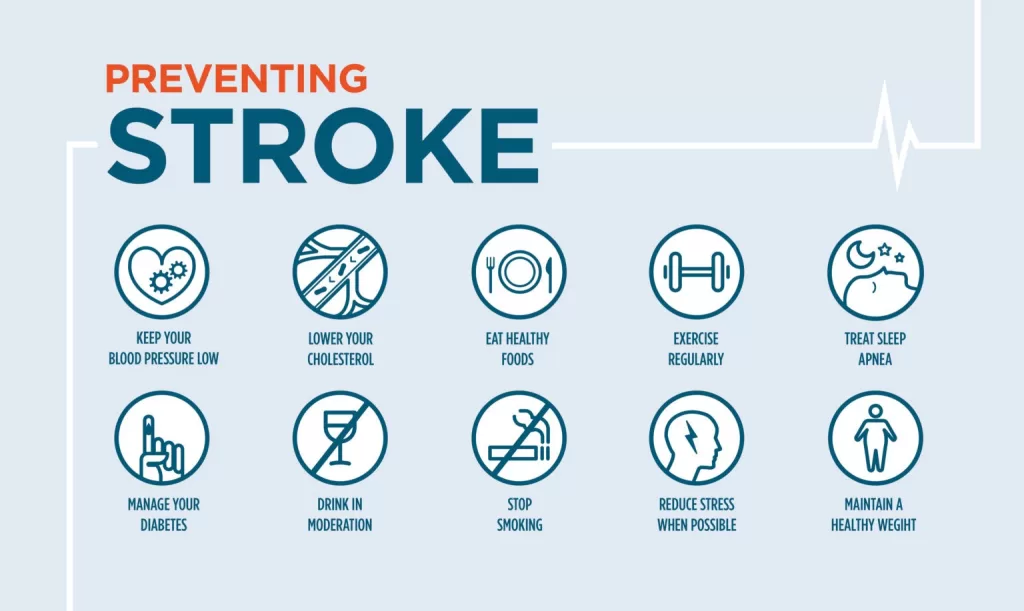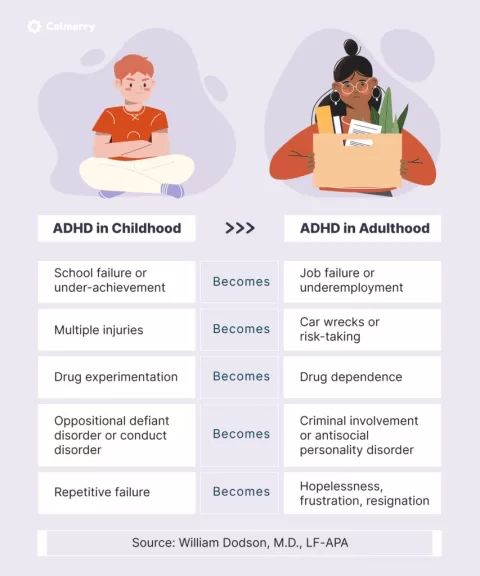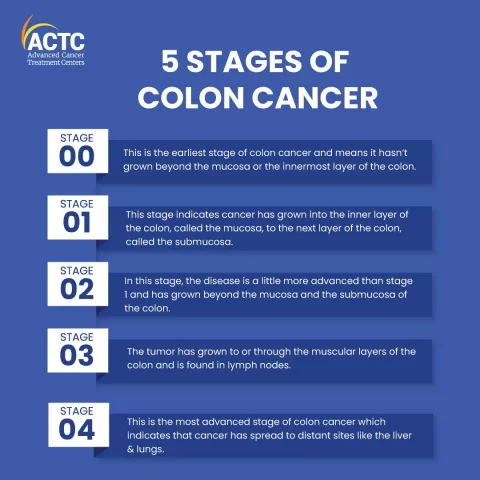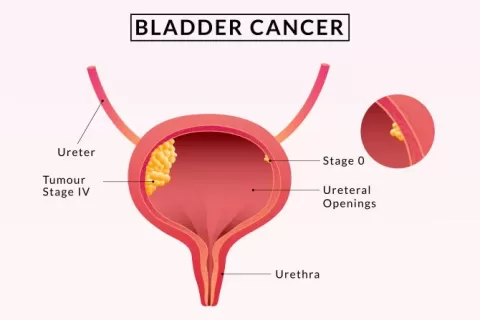Stroke prevention is crucial as strokes remain the fourth leading cause of death in the United States. With over half a million Americans experiencing a stroke annually, healthcare experts emphasize the importance of preventing strokes through lifestyle modifications. Up to 80% of strokes could be averted by adopting a healthy lifestyle for stroke, including improved nutrition and regular physical activity. Key stroke risk factors such as high cholesterol and obesity can be effectively managed through diet, specifically the Mediterranean diet benefits, which includes an abundance of fruits, vegetables, and healthy fats. By recognizing stroke symptoms early and making proactive changes, individuals can significantly lower their chance of experiencing a life-altering event.
The term “stroke” often evokes concern due to its serious implications; however, the path to reducing the likelihood of such an event can begin with simple lifestyle adjustments. Recognizing the elements that lead to cerebrovascular incidents is essential for anyone aiming for heart health. By understanding how to mitigate stroke risk through proper nutrition and regular exercise, individuals can adopt a proactive approach toward their wellbeing. Strategies like the Mediterranean dietary pattern not only enhance heart health but also contribute to overall physical fitness, all of which aligns with the principles of maintaining a healthy lifestyle. Knowing the warning signs of a stroke and implementing preventive measures can make a significant difference in one’s health outcomes.
The Importance of Stroke Prevention
Stroke prevention is a critical health initiative that can save countless lives and enhance the quality of living for those at risk. As staggering statistics show, preventing strokes through lifestyle adjustments is increasingly becoming essential. The American Stroke Association highlights that a significant percentage of strokes could be avoided, indicating the need for widespread education on this topic. By understanding stroke risk factors and adopting preventive strategies, individuals can play a vital role in reducing their likelihood of experiencing a stroke.
Engaging in preventive measures such as regular health check-ups, maintaining a balanced diet, and exercising can significantly mitigate the risks associated with strokes. Experts suggest that the key to stroke prevention lies in recognizing and addressing controllable risk factors like high blood pressure and high cholesterol. Supporting awareness about how to prevent strokes not only empowers individuals but also addresses broader public health concerns.
Adopting a Healthy Lifestyle for Stroke Prevention
Creating a healthy lifestyle is the foundation of effective stroke prevention. Incorporating a diet rich in fruits, vegetables, whole grains, and healthy fats — such as those found in the Mediterranean diet — can significantly lower cholesterol levels and reduce stroke risk. This dietary approach not only nourishes the body but also emphasizes the importance of limiting saturated fats and processed foods, which are linked to higher health complications.
Furthermore, regular physical activity is paramount in promoting cardiovascular health. Engaging in at least 150 minutes of moderate exercise weekly aids in managing blood pressure and weight, significant contributors to stroke risk. Communities can play a role in facilitating an active lifestyle by providing safe walking paths, parks, and fitness programs, allowing individuals to engage in more physical activities that are beneficial for stroke prevention.
Recognizing Stroke Symptoms Early
Being aware of stroke symptoms is crucial for effective treatment. Fast recognition and action can drastically alter the outcome for stroke victims. The acronym FAST is a helpful tool: face drooping, arm weakness, speech difficulties, and time to call emergency services. By understanding these warning signs, individuals can act quickly to seek medical attention, potentially saving a life and minimizing long-term disability.
Education on identifying these symptoms should be a vital component of community health initiatives. By spreading awareness through workshops, social media campaigns, and healthcare screenings, communities can empower more individuals to recognize stroke symptoms and respond appropriately. This knowledge can transform lives and improve survival rates for those affected by strokes.
Mediterranean Diet Benefits for Heart and Brain Health
The Mediterranean diet is recognized for its extensive benefits in promoting heart and brain health, making it an excellent dietary model for stroke prevention. Rich in antioxidants, healthy fats, and fiber, this diet helps combat inflammatory processes that may increase the likelihood of strokes. Specific foods such as fatty fish, nuts, and olive oil not only improve overall health but also provide essential nutrients that support cognitive function.
Furthermore, research has shown that adherence to the Mediterranean diet correlates with reduced risk factors for strokes, including obesity and hypertension. By focusing on the consumption of whole foods and minimizing sugar and processed snacks, individuals are likely to maintain a healthier weight and blood pressure, enhancing both physical and cognitive vitality.
Exercise Regularly to Prevent Strokes
Regular exercise is one of the most effective strategies for stroke prevention. Engaging in physical activities such as walking, cycling, or swimming for just 30 minutes most days of the week can significantly lower blood pressure and boost cardiovascular health. Additionally, exercise is known to enhance mood and reduce stress levels, which are also beneficial in minimizing stroke risk.
Health experts recommend setting realistic fitness goals and finding enjoyable activities that encourage consistency. Incorporating movement into daily routines, like taking the stairs or brisk walking instead of driving short distances, can also contribute positively to one’s health, thereby reducing stroke-related risks over time.
Addressing Stroke Risk Factors Proactively
Identifying and addressing stroke risk factors is a proactive approach that can significantly decrease stroke incidence. High blood pressure, diabetes, and smoking are major contributors, but many of these can be managed or mitigated through lifestyle changes. Regular medical check-ups are essential for monitoring these conditions and receiving appropriate interventions.
Moreover, educational programs that inform individuals about the importance of managing their risk factors can facilitate better health outcomes. Community resources, such as nutrition planning and fitness classes, should be made accessible to those at risk to enhance their chances of leading a healthier life and avoiding strokes.
Important Dietary Choices for Reducing Stroke Risks
Making informed dietary choices is integral to reducing stroke risks effectively. Consuming a variety of nutrient-rich foods can strengthen cardiovascular health over time. Focusing on whole grains, lean proteins, and healthy fats, while minimizing salt intake and processed foods, can lead to better weight management and lower cholesterol levels, both of which are crucial for stroke prevention.
Moreover, staying hydrated is often overlooked but essential for maintaining healthy blood flow, which can further protect against stroke risks. Small adjustments in daily dietary habits, such as replacing sugary drinks with water or herbal teas, can make a significant difference in long-term health outcomes.
The Role of Stress Management in Stroke Prevention
Stress management is an often-ignored factor in stroke prevention. Chronic stress contributes to elevated blood pressure and unhealthy lifestyle choices, increasing the risk of stroke. Incorporating relaxation techniques such as mindfulness, yoga, or meditation can be particularly effective in controlling stress levels and promoting mental well-being.
Furthermore, engaging in enjoyable hobbies and maintaining strong social connections can serve as effective buffers against stress. By prioritizing mental health, individuals can take a comprehensive approach to stroke prevention, considering both emotional and physical factors that contribute to overall health.
Community Awareness Programs for Stroke Prevention
Community awareness programs are vital in fostering a better understanding of stroke prevention and health promotion. By creating educational campaigns that equip individuals with knowledge about stroke risk factors, symptoms, and prevention strategies, communities can significantly reduce stroke occurrences. Workshops, health fairs, and informational webinars can disseminate this crucial information effectively.
In addition, establishing partnerships with local healthcare providers can enhance these initiatives. By facilitating free or low-cost screenings and education, communities can collectively work towards minimizing stroke risks and promoting healthier lifestyles, ultimately saving lives and improving the quality of life for residents.
Frequently Asked Questions
What are the best ways for preventing strokes through lifestyle changes?
Preventing strokes largely involves making healthy lifestyle choices. Key strategies include adopting a Mediterranean diet rich in fruits, vegetables, whole grains, and healthy fats, like olive oil, while limiting processed foods and red meat. Regular physical activity, such as walking for at least 10 minutes a day, is crucial for maintaining a healthy weight and controlling blood pressure, both major stroke risk factors. Avoiding smoking and excessive alcohol consumption also plays a vital role in stroke prevention.
How does a healthy lifestyle affect stroke risk factors?
A healthy lifestyle significantly reduces stroke risk factors. Maintaining a balanced diet, especially one that follows the Mediterranean diet principles, helps control cholesterol and blood sugar levels. Regular exercise helps manage weight and lowers blood pressure, which are critical for stroke prevention. Furthermore, avoiding tobacco use can reduce the likelihood of stroke-related complications.
What are the common stroke symptoms to watch for?
Common stroke symptoms include face weakness (one side of the face drooping), arm weakness (difficulty raising one arm), and speech difficulties (slurred or incoherent speech). Remembering the acronym FAST—Face, Arm, Speech, Time—can help you recognize these symptoms quickly. Immediate action is crucial, as prompt treatment can minimize brain damage.
What are the nutrition benefits of a Mediterranean diet for stroke prevention?
The Mediterranean diet offers numerous nutrition benefits for stroke prevention. It emphasizes whole foods such as fruits, vegetables, grains, and healthy fats while minimizing saturated fats and processed foods. This dietary pattern aids in lowering cholesterol and blood pressure, two significant risk factors for stroke. Additionally, it encourages the intake of fish and nuts, which are rich in omega-3 fatty acids, further supporting heart and brain health.
Why is exercise important for stroke prevention?
Exercise is a cornerstone of stroke prevention. Regular physical activity can drastically reduce the risk of stroke by helping to lower blood pressure, manage weight, and improve overall cardiovascular health. Activities as simple as walking for at least 10 minutes a day can make a meaningful difference in maintaining a healthy lifestyle and mitigating stroke risk factors.
How can understanding stroke risk factors help prevent strokes?
Understanding stroke risk factors is essential for effective prevention. Key factors include high blood pressure, diabetes, high cholesterol, and obesity, all of which can be managed through lifestyle changes. By recognizing these risks, individuals can take proactive steps, like following a healthy diet, engaging in regular exercise, and avoiding tobacco, to significantly lower their likelihood of experiencing a stroke.
What should I do if I suspect someone is having a stroke?
If you suspect someone is having a stroke, act immediately. Use the FAST acronym to evaluate the symptoms: check for Face drooping, Arm weakness, and Speech difficulties. Time is critical—call 911 as soon as possible. Swift medical intervention is essential in minimizing brain damage and improving recovery outcomes.
| Key Points |
|---|
| Stroke causes significant morbidity and mortality, being the fourth leading cause of death in the U.S. as of 2023. |
| Over half a million Americans experience a stroke annually, yet up to 80% of strokes may be prevented. |
| New guidelines from the American Stroke Association provide updated recommendations for prevention. |
| Healthy lifestyle choices, including better nutrition and exercise, are key in reducing stroke risk. |
| Symptoms of a stroke include facial weakness, arm weakness, and difficulty speaking. |
| The FAST acronym helps identify stroke symptoms quickly and emphasizes the urgency of treatment. |
Summary
Stroke prevention is crucial as the majority of strokes can be avoided through simple lifestyle changes. By adopting healthier eating habits, engaging in regular physical activity, and avoiding smoking, individuals can significantly reduce their risk of stroke. Awareness of stroke symptoms and prompt medical response can also be life-saving. Ultimately, integrating these guidelines into daily life not only helps in stroke prevention but also enhances overall health and well-being.
The content provided on this blog (e.g., symptom descriptions, health tips, or general advice) is for informational purposes only and is not a substitute for professional medical advice, diagnosis, or treatment. Always seek the guidance of your physician or other qualified healthcare provider with any questions you may have regarding a medical condition. Never disregard professional medical advice or delay seeking it because of something you have read on this website. If you believe you may have a medical emergency, call your doctor or emergency services immediately. Reliance on any information provided by this blog is solely at your own risk.








